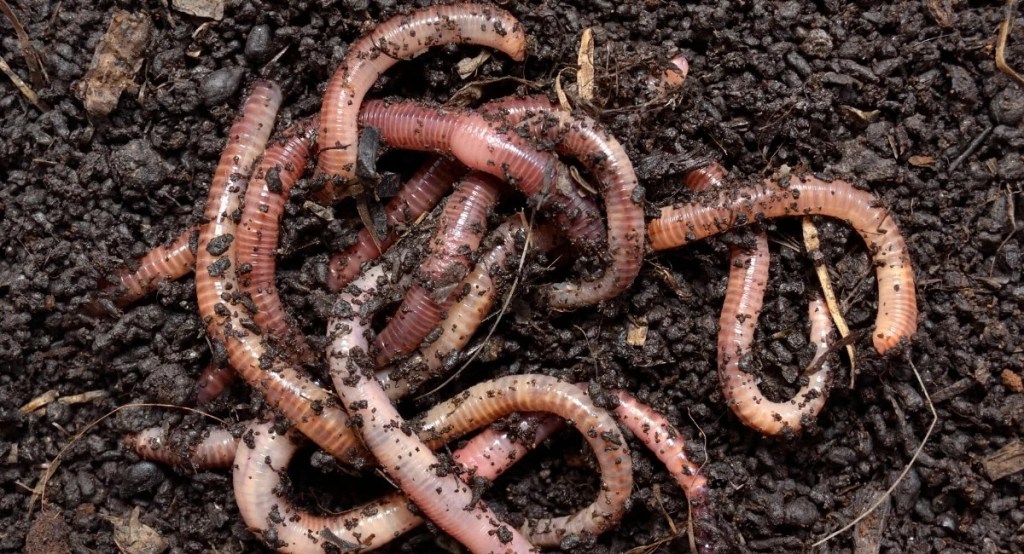The Role of Earthworms in Soil Ecosystems
When it comes to soil health and fertility, earthworms play a vital role in maintaining the balance. These small creatures are often overlooked but have a significant impact on the overall health and productivity of our soil ecosystems. In this article, we will explore the fascinating world of earthworms and shed light on their importance.
Earthworms belong to the phylum Annelida and class Oligochaeta, which means “few bristles.” There are more than 6,000 species of earthworms worldwide, each with its unique characteristics and roles within soil ecosystems. While they may seem simple in appearance, earthworms possess incredible abilities that contribute to enriching the soil.
One of the primary functions of earthworms is decomposition. They feed on organic matter such as dead plant material, leaves, and decaying roots found on or beneath the soil surface. As they consume these materials, they break them down into smaller particles using their muscular digestive system. This process promotes decomposition faster than would occur naturally.
During digestion, earthworms excrete castings or worm manure rich in nutrients like nitrogen (N), phosphorus (P), potassium (K), calcium (Ca), magnesium (Mg), sulfur (S), and micronutrients essential for plant growth. The excreted castings also contain beneficial bacteria that enhance nutrient availability for plants while improving soil structure.
Furthermore, as earthworms tunnel through the soil, they create channels that allow air and water to penetrate deeper into subsoil layers. This natural form of aeration helps prevent compaction by loosening compacted layers formed by heavy machinery or foot traffic. Improved drainage reduces waterlogging issues while increasing root penetration depth for plants.
In addition to enhancing nutrient availability and improving soil structure through burrowing activities, earthworm activity stimulates microbial populations in soils. Microorganisms present in soils engage in a symbiotic relationship with earthworms, benefiting both parties. Earthworms provide microorganisms with organic matter to feed on, while microorganisms break down complex organic materials into simpler forms that are easier for earthworms to digest.
Earthworm burrows also create an environment conducive to microbial activity by providing shelter from fluctuating temperatures and extreme weather conditions. Microbial communities play a crucial role in nutrient cycling within the soil ecosystem, breaking down organic matter further and releasing nutrients back into the soil for plant uptake.
The impact of earthworms on soil health goes beyond their direct contributions. They indirectly affect other organisms within the ecosystem, such as beneficial insects and birds that rely on them for food. Their presence can attract insectivorous birds like robins or thrushes that seek out worms for sustenance. These birds help control pest populations by reducing their numbers naturally.
Moreover, earthworms serve as indicators of soil health due to their sensitivity to environmental changes. Certain species thrive in specific types of soils, so their presence or absence can reveal valuable information about soil conditions. For example, Eisenia fetida (commonly known as red wigglers) prefer compost-rich soils high in organic matter content.
In contrast, Lumbricus terrestris (also called nightcrawlers) prefer deeper subsoils with clayey texture and lower organic matter levels. Monitoring earthworm populations over time can provide insights into how management practices impact soil quality and help guide sustainable land use decisions.
While it is clear that earthworms have numerous benefits for soil ecosystems, certain factors can negatively impact their populations’ viability. Pesticide applications, especially those containing broad-spectrum chemicals with long-lasting effects, may harm earthworm populations directly or indirectly through reduced food availability.
Soil erosion caused by intensive farming practices or deforestation can lead to loss of habitat for these creatures. Changes in land management practices that disturb natural habitats, such as excessive tilling or the use of heavy machinery, can also disrupt earthworm populations.
In conclusion, earthworms are essential for maintaining healthy soil ecosystems. Their activities contribute to decomposition, nutrient cycling, improved soil structure, aeration, and microbial activity. Earthworms indirectly support other organisms within the ecosystem and serve as indicators of soil health. By understanding their role and implementing practices that promote their well-being, we can ensure the long-term sustainability of our soils and agricultural systems.


Leave a comment